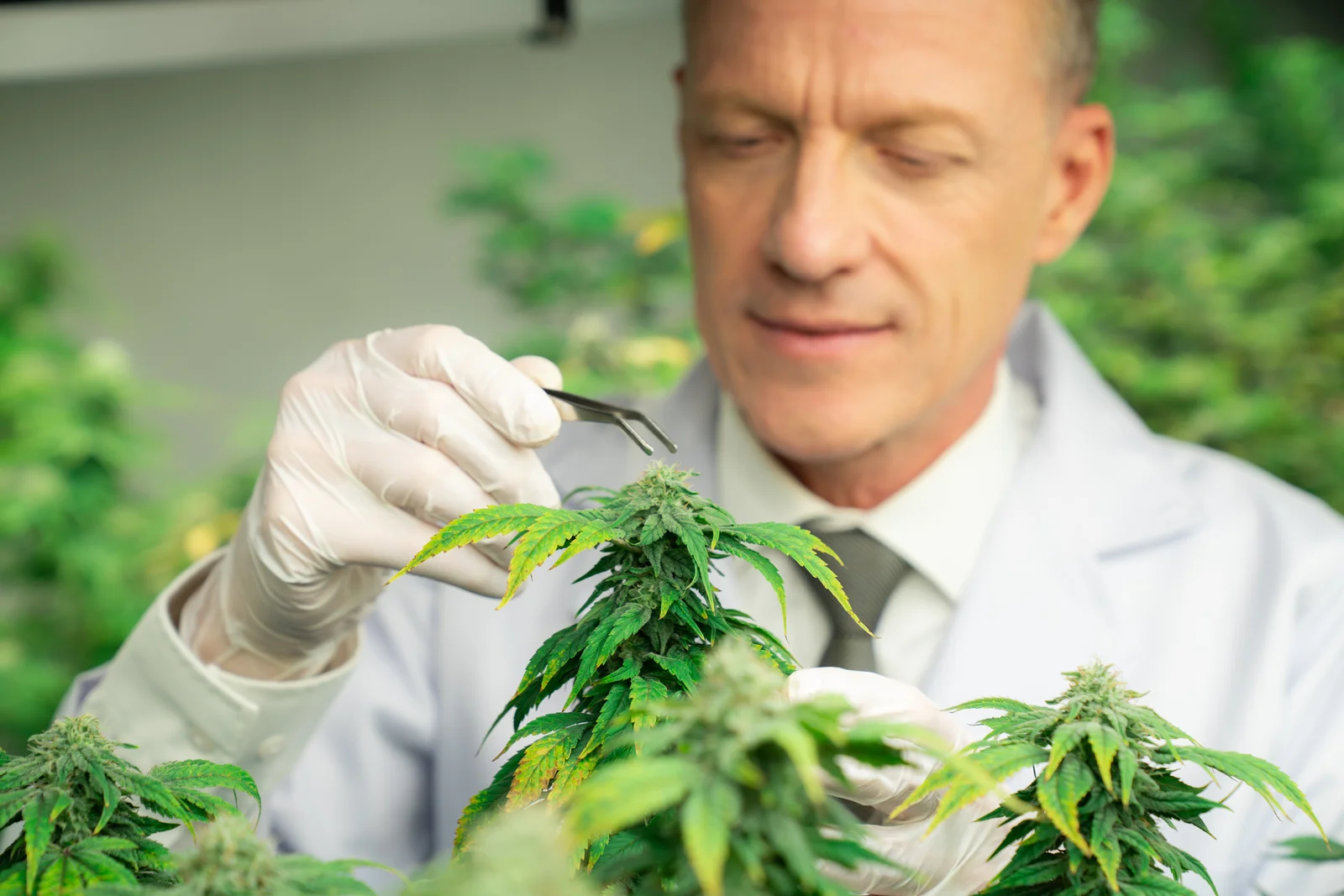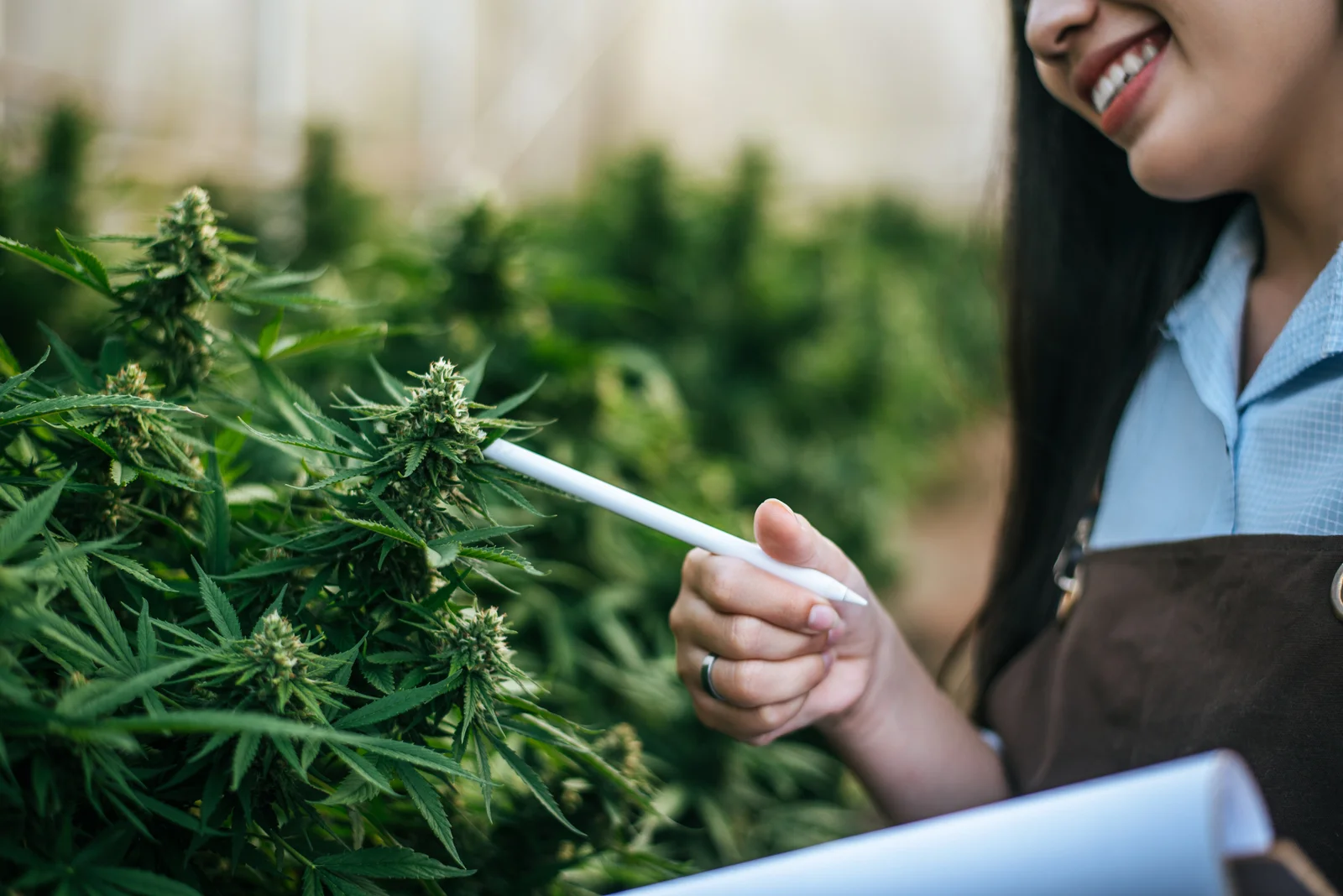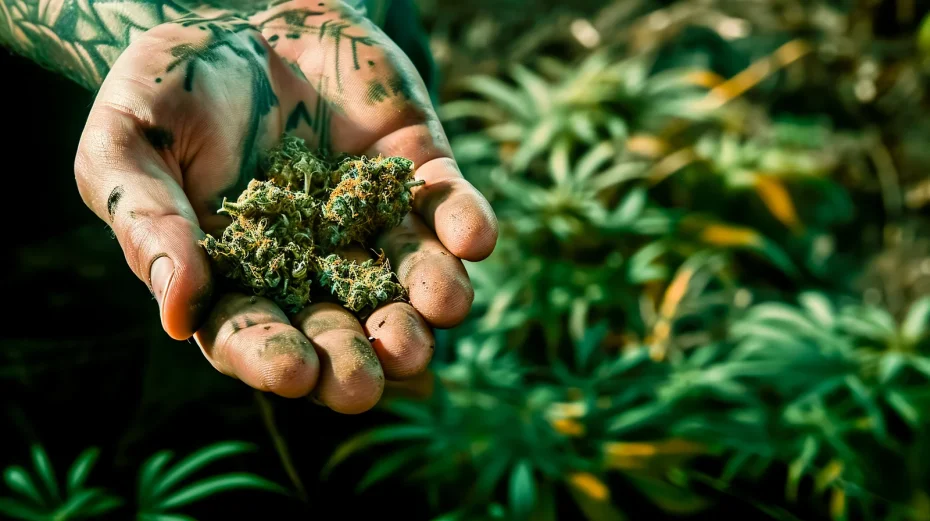In recent years, cannabis distribution has evolved into a sophisticated and regulated industry, ensuring that cannabis products move safely and efficiently from grower to consumer. As cannabis legalization continues to gain momentum across various states, understanding the intricacies of cannabis distribution is crucial for both businesses and consumers. This article explores the process of cannabis distribution, how to acquire a cannabis distribution license in states like California and New York, and answers to common questions.
Understanding Cannabis Distribution
Cannabis distribution is the crucial link in the supply chain that manages the transportation, storage, and logistics of cannabis products from cultivators to retailers. It ensures that the products meet safety standards and compliance regulations before reaching consumers. A distribution license is mandatory for entities that wish to operate within this space, ensuring they adhere to state-specific requirements and best practices.

Acquiring a cannabis distribution license is a meticulous process, as standards and requirements vary by state. Here’s a breakdown of how to get a cannabis distribution license in two major markets:
1. California:
- Eligibility: Applicants must be over 21 and either residents or have substantial connections to the state.
- Application Process: The process involves submitting detailed plans for security, transportation, and inventory control.
- Key Requirement: Compliance with the California Cannabis Track-and-Trace (CCTT) system to monitor all movement of cannabis products.
2. New York:
- Regulatory Body: The Office of Cannabis Management (OCM) oversees the licensing process.
- Application Details: Applicants must disclose financial interests and demonstrate preparedness standards.
- Significant Consideration: Social equity clauses may impact eligibility, giving preference to minority and women-owned businesses.
Compelling Value of Licensed Distribution
Secure and legal cannabis distribution not only ensures compliance with all regulatory measures, but it also establishes a transparent path from production to sale. This transparency builds trust among consumers, who can have confidence in the safety and quality of the products they purchase. Distribution licenses essentially certify that the distributor has met stringent requirements, promoting higher industry standards and protecting public health.
Credibility and Compliance
Adhering to distribution guidelines involves more than just transportation. It demands adherence to a myriad of regulations concerning packaging, labeling, and product testing. Licensing processes typically include background checks and are designed to ensure only reputable entities can handle and distribute cannabis. The robust framework ensures that products are free from contaminants and marketed accurately.
Frequently Asked Questions
What are the costs associated with acquiring a cannabis distribution license?
Fees vary widely based on location and the scale of business operations. They can range from a few thousand dollars to much more for larger operations with higher expected revenues.
Are there specific training requirements?
While not explicitly required in all cases, many states recommend or mandate training programs to better understand compliance, safety, and consumer protection.
How are violations handled?
Fines or revocation of the license can occur if distribution regulations are not followed. Businesses must stay informed of any changes in state laws to maintain compliance.
Cannabis Distribution: Frequently Asked Questions
As the cannabis industry continues to evolve, the distribution process from growers to consumers plays a critical role in ensuring product safety, quality, and compliance with legal standards. Below are answers to some frequently asked questions regarding cannabis distribution.
What processes are involved in the safe distribution of cannabis from growers to consumers?
The distribution of cannabis involves several key processes to ensure that products reach consumers safely and efficiently. These include:
- Harvesting and Testing: After harvesting, cannabis products undergo testing to ensure they meet quality standards and are free from contaminants such as pesticides, mold, or heavy metals.
- Packaging and Labeling: Cannabis is packaged following strict guidelines. Packaging must be child-resistant, and labeling must include information such as THC/CBD content, usage instructions, and warning statements.
- Transportation: Cannabis products are transported from cultivation sites to distribution centers and eventually to retail locations. Transportation involves secure vehicles and is typically monitored by GPS to prevent theft and ensure timely deliveries.
- Inventory and Tracking: Through seed-to-sale tracking systems, every cannabis product is tracked throughout its lifecycle, ensuring that all products can be traced back to their source to maintain transparency and accountability.
- Retail Distribution: Once products reach retail outlets, they are stored and managed under regulated conditions until sold to consumers, ensuring the final product is fresh and safe for consumption.

How is the quality of cannabis maintained during distribution?
Maintaining the quality of cannabis during distribution depends on several factors:
- Controlled Environments: Cannabis products are stored under specific temperature and humidity conditions to preserve their potency, aroma, and freshness.
- Proper Handling: Staff involved in the distribution process are trained in handling cannabis products carefully to prevent damage or degradation.
- Regular Testing: Periodic quality assurance testing is conducted throughout the distribution chain to check for degradation or contamination, ensuring only safe products reach consumers.
- Expiration Monitoring: Labels include expiration dates, and inventory systems track product ages, ensuring older stock is sold first to maintain freshness of available products.
What legalities govern the distribution of cannabis products?
Cannabis distribution is governed by a complex set of federal, state, and local laws:
- Licensing and Permits: Distributors must obtain specific licenses and permits to operate legally. These legal documents vary depending on the jurisdiction and type of distribution (medical vs. recreational).
- Compliance with State and Federal Laws: While federal law categorizes cannabis as a Schedule I drug, many states have legalized its use for medical and recreational purposes. Distributors must navigate these contrasting legal frameworks by complying with state laws while avoiding federal violations.
- Security and Reporting Requirements: Laws often mandate strict security measures (e.g., surveillance cameras, secure storage) and require regular reporting to relevant agencies, ensuring transparency and adherence to regulations.
- Advertising Restrictions: There are stringent rules governing the marketing of cannabis products, often restricting the targeting of advertisements to minors and ensuring truthful representations of product efficacy and use.
What precautions are taken to ensure safe distribution of cannabis products?
To ensure safety during the distribution process, several precautionary measures are employed:
- Security Measures: Distribution centers and transport vehicles are equipped with surveillance systems, alarms, and access controls to prevent unauthorized access and theft.
- Employee Training: Staff receive comprehensive training in security protocols, proper handling, compliance, and customer interaction to minimize risks.
- Vendor Verification: Distributors often establish strict vetting processes for selecting and maintaining relationships with growers and retailers to ensure they adhere to high standards.
- Emergency Protocols: There are established protocols for dealing with emergencies, product recalls, or contamination issues, ensuring that any problem can be quickly addressed to protect public safety.
Conclusion
Cannabis distribution acts as the backbone of the cannabis industry by ensuring that products move safely and legally from grower to consumer. Obtaining a cannabis distribution license is a rigorous process but crucial to maintaining high standards and ensuring public safety. States like California and New York offer structured pathways for licensing, aiming to streamline the complexity involved. Understanding these processes and complying diligently allows for a robust and trustworthy distribution system, paving the way for sustained growth and innovation in the cannabis sector.
Streamline Cannabis CultivationRecommended For You
Unlock the Secret to Thriving Greenery: Discover the Best Organic Fertilizer for Seedlings Today!
December 30, 2025Cannabis Conventions: Where Innovation Meets Culture in the Heart of the Green Revolution
December 29, 2025Unlocking Secrets to Transforming Hermaphroditic Cannabis Plants into Growing Goldmines
December 26, 2025About GrowerIQ
GrowerIQ is changing the way producers use software - transforming a regulatory requirement into a robust platform to learn, analyze, and improve performance.
To find out more about GrowerIQ and how we can help, fill out the form to the right, start a chat, or contact us.

